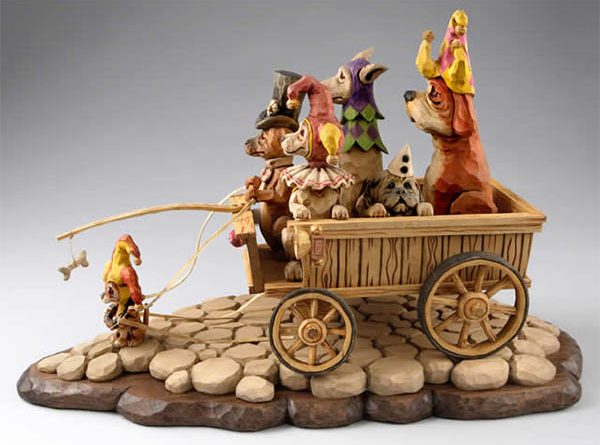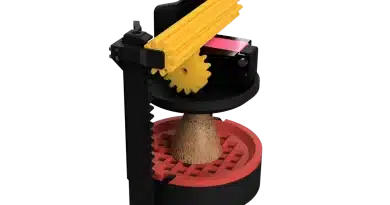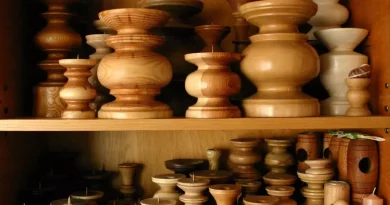Improve Your Wood Carving Caricatures – Using Proper Proportions
If you are reading this information, you are more than likely interested in wood carving caricatures and want to know how to improve your wood carving results. The one-word key to doing so is “Proportions”. Using general proportions will make your wood carvings appear pleasing and natural to the eye at first glance. When I say “general” proportions, I am saying that using exactly the millimeter measurements is not needed, rather a close approximation to correct human proportions is enough.
Following the basic proportions of the human anatomy will improve the way that your wood carvings look and will please the eye of people that are seeing your wood carvings. Several sources of information about anatomy go into extremely detailed information about how long or how wide various parts of the body should be, to be considered ideal.
After researching several proportional guidelines, I prefer to follow the basic proportions rules that are described by Don Mertz the “Woodbee Carver”. Mr. Mertz teaches what he calls the “Rule Of Three” which divides various areas of the body into thirds to allow for an easy conversion for all sizes of wood carving figures.
- Head and Face Proportions
In the study of the “Rule Of Three”, the head is divided into thirds from top to bottom, with the top 1/3 being the area from the hairline to the eyebrows. The second 1/3 is the area from the eyebrows down to the bottom of the nose and finally, the third 1/3 is from the bottom of the nose to the bottom of the chin. You can then further break down the area below the nose into thirds.
The first 1/3 is from the nose to the separation of the lips, the second 1/3 is from the divide of the lips to the indention above the chin, and the third 1/3 is from the indention to the bottom of the chin. Viewing the face from the front, it is generally 2/3 as wide as the height of the face.
The side view of the head can also be divided into thirds, with the eyes falling along the center line from the top of the head to the bottom of the jaw. If you divide the side view of the head in half, the ear begins on the center line, laying to the back of the head, and is usually positioned in the second 1/3 (top of the ear at eyebrow level and bottom of the ear at the base of the nose).
- Body Proportions
The rest of the body can also be divided by using the same “Rule Of Three” principle. From the bottom of the head to the bottom of the feet, the body is divided three times. The top 1/3 is from the shoulder area to the belt line, the second 1/3 from the belt line to the middle of the knee, and the third 1/3 from the middle of the knee to the bottom of the feet.
It is generally accepted in drawing and wood carving that the body without the head is approximately the length of seven heads stacked on top of each other. Some wood carving caricatures are eight heads tall, in which you would make the torso (shoulders down to the belt line) three heads long and the area below the belt line five heads long. Experiment with the two and see what length you prefer for the body.
Looking front on or from the rear straight on at the figure, the shoulders are approximately the width of three heads wide and are the widest spot of the body. The wider the shoulders, the larger and more intimidating the figure will appear.
With these wonderful proportional principles from Mr. Mertz, you will be able to make your wood carving figures look more human and correct. As I said above, being exact is not important, because not many of them are exactly proportionally correct. Just using these general proportions could change your wood carving caricatures from mediocre to very pleasing to view.
Thank you Mr. Mertz for this priceless information!




